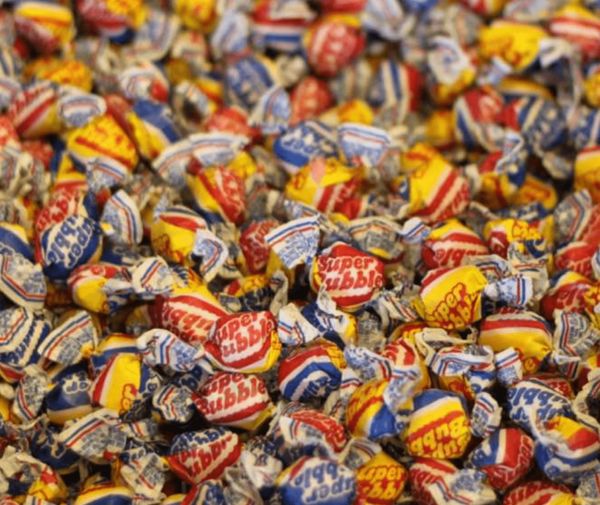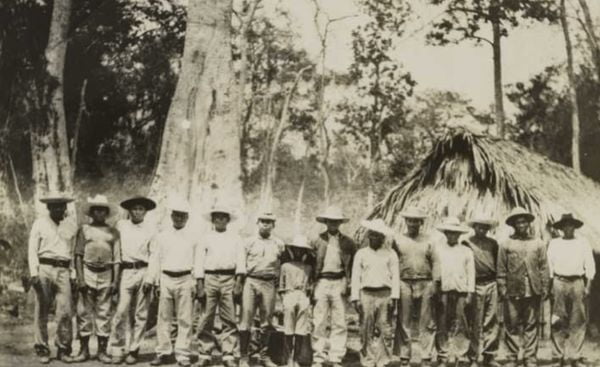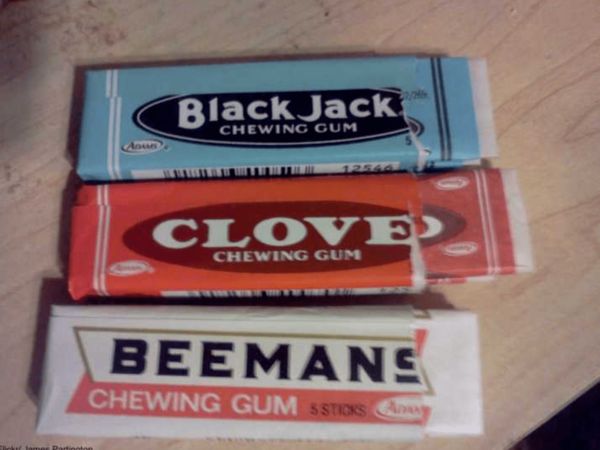Do you ever find yourself wondering why chewing gum has such an irresistible appeal? As children, the joy of blowing bubbles and the forbidden nature of chewing gum in school made it an irresistible treat. But did you know that the story of gum goes back centuries, transcending time and captivating people around the world?

Ancient Times: The Origins of Gum
Believe it or not, chewing gum dates back to ancient civilizations. The ancient Greeks and many other cultures chewed on tree sap for centuries. In fact, the Mayans were already chewing on the resinous sap from the sapodilla tree as early as the 2nd century! Even today, the skill of scaling trees and harvesting the sap, known as chicle, is still practiced by Mexican workers known as chicleros. Fun fact: that’s where the famous Chiclets gum got its name!
While American settlers learned about chewing tree sap from Native Americans, it wasn’t until after the Mexican-American War that chewing gum gained popularity. In 1848, John B. Curtis produced the first commercially available chewing gum, flavored with delicious spruce. The gum frenzy was about to begin!

The Gum Fad Takes Off
The habit of chewing chicle was brought to the United States by the deposed Mexican president, General Antonio López de Santa Anna, during his exile on Staten Island. It was here that Santa Anna met Thomas Adams, who became his secretary. Although Santa Anna believed chicle could replace rubber, it was Adams who discovered its potential.
Adams experimented with heating, flavoring, and shaping the chicle into sticks, and it was an instant hit. In the 1870s, one of Adams’s most popular gums was the beloved Black Jack, a favorite for many of us growing up. Wrigley’s and Chiclets quickly followed, capturing the nation’s interest. The first bubble gum, initially named Blibber-blubber, turned out to be too sticky for customers in 1905. Thankfully, in 1928, Dubble Bubble bubble gum was invented, revolutionizing the bubble gum we know and love.
In 1889, the chewing gum locket was invented. This device allowed gum to be saved for later. Although it didn’t catch on until the 1910s, it became a trendy accessory for women who needed to discreetly dispose of their gum, as it was considered unseemly for ladies to chew gum at the time.
Gum as We Know It Today

During World War II, various chewing gums were included in soldiers’ rations as they were believed to help stave off thirst, hunger, and stress. After the war, the process of making chewing gum became predominantly synthetic, using stabilizers, waxes, and petroleum-based elastomizers. What was once a plant-based product transformed into the chewing gum we know today.
Whether your favorite gum was Bazooka, Wrigley’s, or Teaberry, there’s no denying the eternal appeal of chewing gum. With more flavors available now than ever before, it seems our love for chewing gum will never go out of style! So go ahead, pop a piece and enjoy the timeless pleasure of chewing gum.